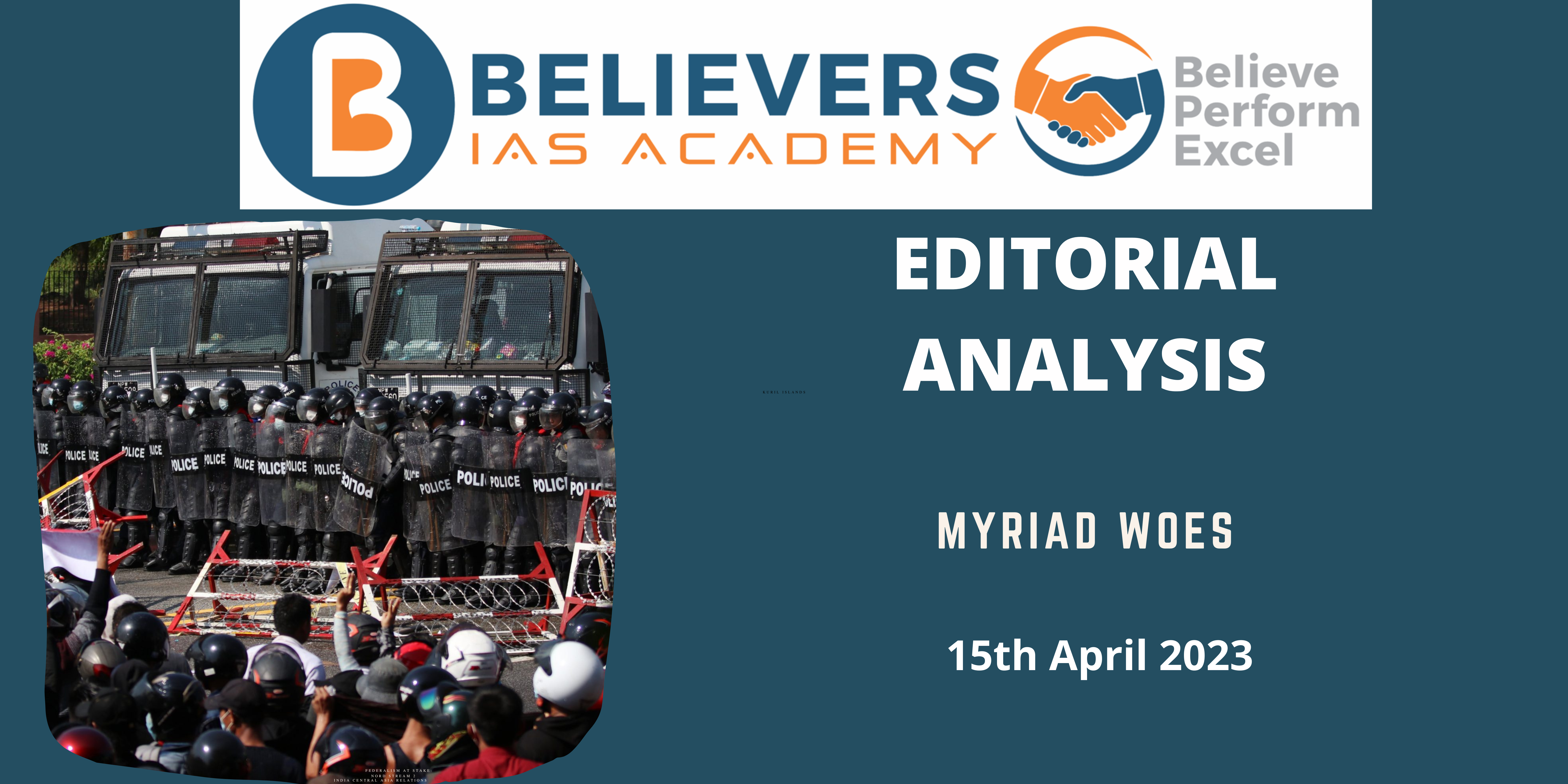Muchkund Dubey: A Diplomatic Legacy in Cold War and Post-Cold War India
Context
Muchkund Dubey, an eminent diplomat and foreign affairs expert, passed away recently at a private hospital. He played a pivotal role in steering India’s foreign policy during the end of the Cold War and the early post-Cold War phase.
- Dubey’s career in the Indian Foreign Service (IFS) spanned from 1957 to 1991, a period marked by significant global and national transformations.
Relevance:
GS-01 (World History)
Dimensions of the Article:
- Who is Muchkund Dubey?
- What is the Cold War?
- Important Dimensions of the Cold War
Who is Muchkund Dubey?
- Muchkund Dubey, born in 1933 in Jasidih (now in Jharkhand), joined the Indian Foreign Service in 1957 under Prime Minister Jawaharlal Nehru.
- Over the years, he worked closely with several Prime Ministers, including Rajiv Gandhi, Vishwanath Pratap Singh, and P.V. Narasimha Rao. Dubey was fluent in Hindi, Bengali, English, French, and Persian, reflecting his multilingual upbringing near the pilgrimage center of Deoghar.
- His diplomatic career saw him navigate complex global scenarios, including the Gulf War and the evacuation of Indian citizens from the region.
- He was India’s 17th Foreign Secretary during 1990-91, a period coinciding with significant global events like the dissolution of the USSR and the economic liberalization of India. Apart from his diplomatic prowess, Dubey was also a renowned translator and literary critic.
What is the Cold War?
- The Cold War, spanning from 1945 to 1991, was a period of intense geopolitical tension between the Soviet Union and its allies (Eastern European countries) and the United States and its allies (Western European countries).
- This era was characterized by ideological conflict between capitalism, led by the USA, and communism, led by the Soviet Union.
- Despite the lack of direct large-scale fighting, the Cold War profoundly influenced global politics and led to numerous significant events and policies.
Important Dimensions of the Cold War
Origins and Causes:
- The Cold War emerged from the post-World War II geopolitical landscape.
- Allied countries (US, UK, France) and the Soviet Union had fought together against the Axis powers (Nazi Germany, Japan, Austria). However, ideological differences and mutual suspicions surfaced soon after the war.
- The Potsdam Conference in 1945 highlighted these tensions. Disagreements over the administration of defeated Germany, the demarcation of Poland’s boundaries, and the role of the Soviet Union in Eastern Europe led to growing distrust. The USA’s decision not to inform the Soviet Union about the atomic bomb intensified these suspicions.
Key Doctrines and Policies:
- Truman Doctrine (1947): Announced by US President Harry S. Truman, this doctrine aimed to counter Soviet expansionism by providing economic and military aid to countries resisting communism, such as Greece and Turkey. Historians view this doctrine as the official start of the Cold War.
- Iron Curtain: This term described the political, military, and ideological barrier erected by the Soviet Union to isolate itself and its satellite states from the West and other non-communist areas. It symbolized the division between the Soviet-influenced East and the US-led West.
Major Events:
- Berlin Blockade (1948): The Soviet Union attempted to limit the ability of Allied countries to travel to their sectors of Berlin, leading to the Berlin Airlift by the Allies. This blockade was a significant Cold War confrontation.
- Berlin Wall (1961-1989): Constructed by the East German government, the Berlin Wall physically and ideologically divided East and West Berlin. Its fall in 1989 marked a symbolic end to the Cold War.
Economic and Military Strategies:
- Marshall Plan (1947): Proposed by US Secretary of State George Marshall, this plan aimed to aid European economic recovery. It was an economic extension of the Truman Doctrine and countered by the Soviet Union with the establishment of the Cominform.
- NATO (1949) and Warsaw Pact (1955): NATO was a collective defense alliance among Western countries, while the Warsaw Pact was the Soviet response, forming a mutual defense pact with its satellite states.
Technological and Arms Race:
- Space Race: A significant aspect of Cold War competition, marked by the Soviet Union’s launch of Sputnik I in 1957 and the US landing of the first man on the moon in 1969.
- Arms Race: Both superpowers engaged in extensive nuclear weapons development, leading to a constant threat of nuclear war.
Crises and Conflicts:
- Cuban Missile Crisis (1962): A critical Cold War confrontation when the Soviet Union placed nuclear missiles in Cuba, bringing the world to the brink of nuclear war. The crisis was resolved diplomatically, preventing a potential catastrophe.
- Afghanistan War (1979-1989): The Soviet invasion of Afghanistan drained Soviet resources and was a significant factor in the eventual collapse of the Soviet Union.




